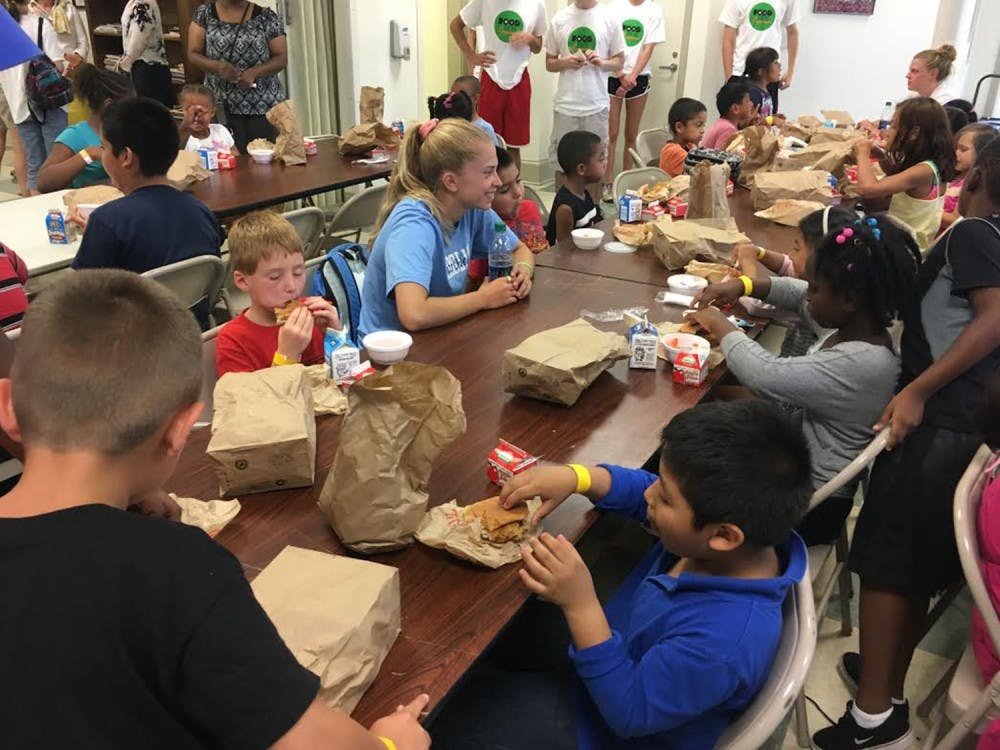Last year, only 10 percent of these kids were reached through summer nutrition programs, according to Tamara Baker of No Kid Hungry NC.
But this year, a new coalition called Food for the Summer stepped in and changed the game by serving 48,145 nutritious meals between June 13 and Aug. 26 in the Chapel Hill-Carrboro area.
Food for the Summer is a project spearheaded by Chapel Hill Mayor Pam Hemminger.
She brought together the Chapel Hill and Carrboro city governments with an array of nonprofits and UNC initiatives to deliver food to 40 sites all summer long.
Baker says Food for the Summer doubled the number of sites that served food last year and more than 20,000 more meals were delivered.
Six-hundred forty-five volunteers, 120 of whom were children and teens, worked over 54 days between Monday and Friday during the summer, an extension of four weeks over last year.
Yet even with all of Food for the Summer’s help, Maureen Berner, UNC professor of government, points out about 80 percent of students eligible for free and reduced school lunch are still not reached during the summer months.
The Food for the Summer program doubled the effectiveness of what previously existed, yet the numbers show there is more work to be done.




